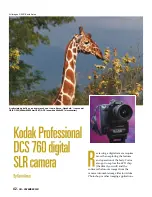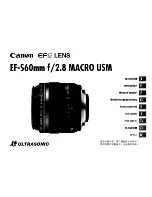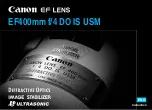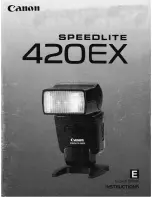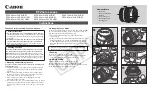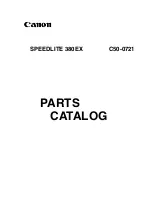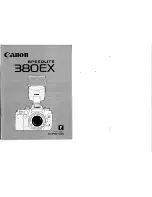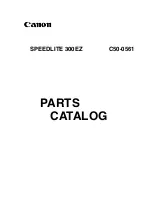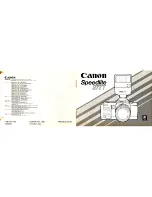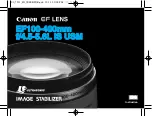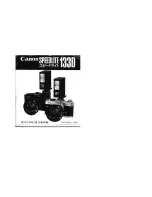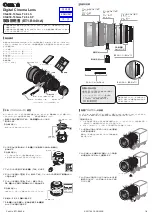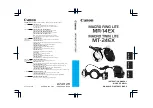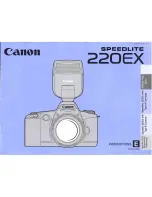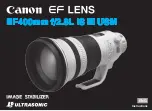
The new Kodak Professional
DCS 760 integrates the body, chip,
and software quite well indeed.
The body is a modified 35mm
Nikon F5 SLR with all the durability
and most of the functions of the
original, with a couple of
exceptions. Naturally, there is no
film drive or rewind motor, and the
modified version will not work in
through-the-lens (TTL) metering
mode with Nikon’s dedicated
electronic flashes. The flash that is
designed for the DCS 760, Nikon’s
SB-28DX, uses camera-to-subject
information from the autofocus
system to set the proper exposure.
When you think about it, this is a far
superior method than reading the
flash bouncing off the film, as in the
standard Nikon F5. What is important
is how well Kodak has integrated
their digital capture technology
with Nikon’s F5 to build a wonder-
ful professional digital camera.
The CCD
Abit smaller than 35mm film,
the CCD imager sits in the plane
where film would go in the 35mm
Nikon F5, right behind the self-
diagnostic titanium shutter. It
captures a 36-bit, 2,008x3,032-pixel
image that opens as a 17.4
megabyte TIFF file. The DCS 760
offers true wide-angle digital
captures. The focal length
multiplier is 1.3, so a 17mm lens on
the DCS 760 equates to a 22mm on
a full-frame film camera.
There’s a removable infrared
cutoff filter in front of the mirror,
shutter, and CCD and before the
lens that can be replaced with an
optional anti-aliasing filter to help
reduce color artifacts in the highlights.
While there is some debate as to
the loss of sharpness caused by the
presence of another piece of glass
between the lens and CCD, the
reduction of dust on the imager is
worth any imperceptible degradation
—because they’re electrically
charged, CCDs are dust magnets.
I tested the Kodak Professional
DCS 760 for three weeks on safari
in Kenya. In the dry, high desert of
eastern Africa, dust is a constant,
especially shooting from the open-
topped Land Cruisers we used on
game drives. It was not unusual to
return to camp covered in dust—I
could write on my forearm with a
wet finger. Despite regular lens
changes in these adverse
conditions, the DCS 760 had no
dust artifacts over the course of
over 3800 exposures.
The only drawback to the filter
is that the rear element of some
Nikkor lenses extends far enough
behind the back flange to damage
the filter when they are mounted.
PEI • NOVEMBER 2001 •
43
Portrait of a Maasai woman. Handheld,
1
⁄
250
second at f/3.5, ISO 200 (Nikkor 80-200mm
f/2.8 D AF-S lens).

